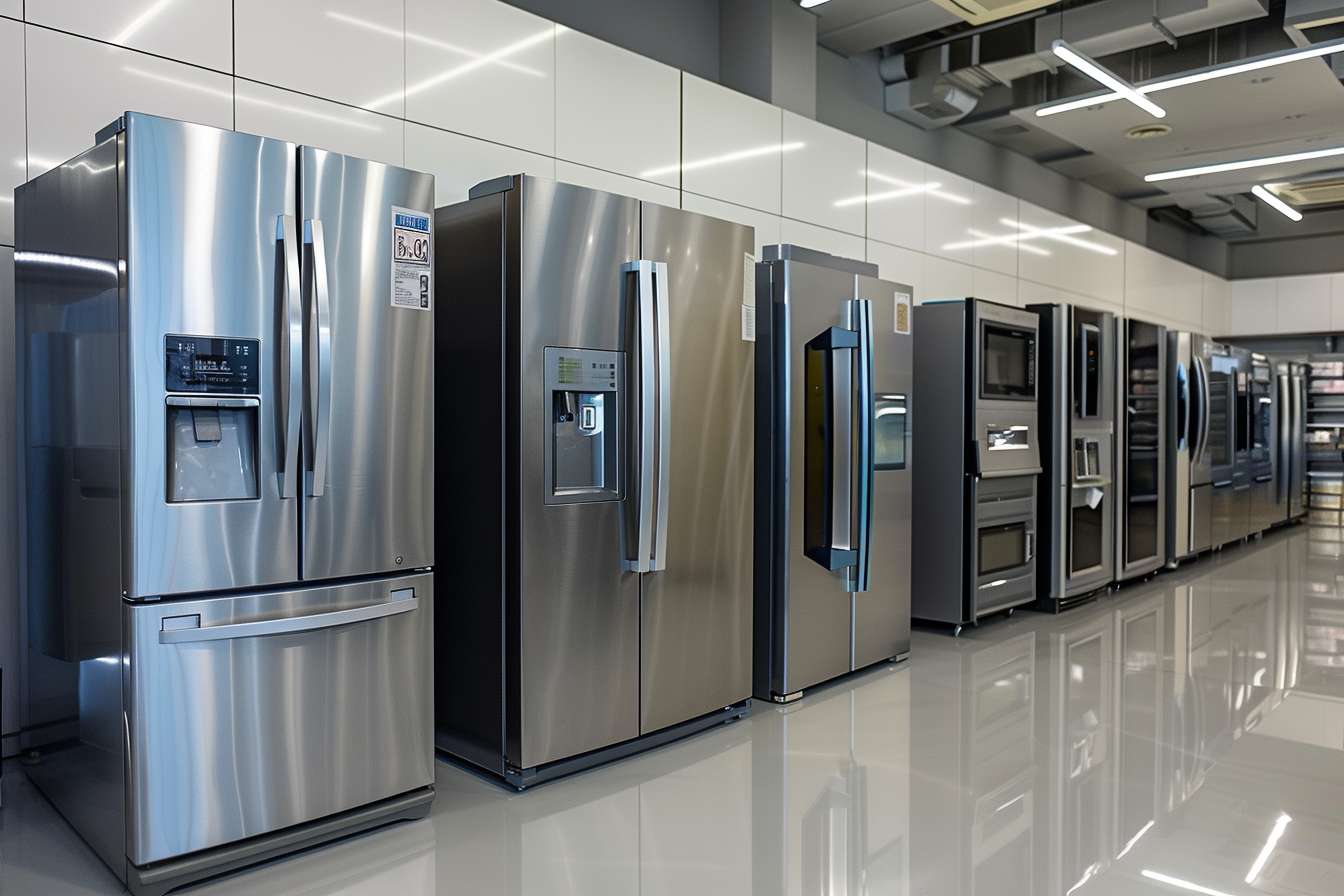What You Need to Know About Refrigerator Prices and Buying Mistakes
Purchasing a refrigerator represents a significant household investment that impacts daily life for years to come. With countless models, features, and price points available, navigating the refrigerator market can quickly become overwhelming. Understanding how prices correlate with features, size options, and long-term value can help consumers avoid costly mistakes and find the perfect cooling solution for their needs.

Refrigerators are essential appliances that represent a significant investment for any household. With lifespans averaging 10-15 years, making an informed purchase decision is crucial for both immediate satisfaction and long-term value. This guide explores the relationship between refrigerator features and pricing, common purchasing pitfalls, and practical advice to help you make a confident decision when shopping for this vital kitchen appliance.
How Do Refrigerator Prices Vary by Features and Size?
Refrigerator pricing follows predictable patterns based on several key factors. Size is perhaps the most obvious price determinant—compact models (under 20 cubic feet) typically range from $500-$1,000, while standard-sized units (20-25 cubic feet) generally cost $1,000-$2,500. Premium large-capacity refrigerators (over 25 cubic feet) can easily exceed $3,000.
Configuration significantly impacts cost as well. Basic top-freezer models represent the most economical option, while French door, side-by-side, and bottom-freezer designs command progressively higher prices. Smart refrigerators with touchscreens, Wi-Fi connectivity, and app integration typically add $300-$1,000 to the base price.
Finish options also influence pricing substantially. Standard white or black exteriors cost less than stainless steel, which adds approximately $100-$300. Premium finishes like black stainless, fingerprint-resistant surfaces, or custom panel-ready designs can increase costs by $200-$500 above standard stainless steel.
What Common Mistakes Should Buyers Avoid?
One of the most frequent refrigerator buying mistakes is failing to measure properly. Beyond the obvious exterior dimensions, buyers must account for door swing clearance, ventilation space requirements, and delivery path constraints. Overlooking these measurements can result in a refrigerator that technically fits its designated space but creates functional problems in the kitchen.
Another common error is prioritizing aesthetics over practical features. While a sleek exterior is appealing, overlooking interior organization options like adjustable shelving, door bin flexibility, or specialized storage zones can lead to daily frustration. Similarly, choosing trendy features over reliability often results in buyer’s remorse when novelty fades but mechanical problems emerge.
Many consumers also make the mistake of ignoring energy efficiency ratings. A refrigerator operates continuously, making its energy consumption a significant factor in long-term ownership costs. A unit that costs $100 less upfront but consumes $50 more in electricity annually will ultimately prove more expensive over its lifespan.
Which Features Impact Long-term Reliability and Value?
Compressor quality stands as perhaps the most critical determinant of refrigerator longevity. Linear and inverter compressors, while typically more expensive initially, offer superior energy efficiency and often carry longer warranties than standard compressors. These advanced compressors adjust cooling power based on need rather than cycling on and off, reducing wear and extending operational life.
Sealing systems, including door gaskets and insulation quality, significantly impact both energy efficiency and food preservation capabilities. Premium models feature enhanced sealing technologies that maintain consistent temperatures and humidity levels, extending food freshness while minimizing energy consumption.
Water filtration and ice-making systems, while convenient, represent common failure points in many refrigerators. Models with externally accessible filters and simplified ice-making mechanisms generally demonstrate better reliability than those with complex integrated systems. Additionally, refrigerators with separate cooling systems for freezer and refrigerator compartments maintain more consistent temperatures and humidity levels, extending food preservation quality.
What Should You Verify Before Purchase?
Before finalizing any refrigerator purchase, verify the warranty details thoroughly. Standard coverage typically includes one year for parts and labor, but compressor warranties often extend to five or even ten years. Understanding exactly what’s covered—and for how long—provides valuable insight into the manufacturer’s confidence in their product.
Research specific model reliability using consumer reports and owner reviews focusing on units that have been in service for several years. While new models may lack long-term data, examining the track record of similar models from the same manufacturer often reveals potential issues or exceptional durability.
Finally, investigate service availability in your area. Even excellent refrigerators eventually require maintenance, and ensuring that qualified technicians and replacement parts are readily available can prevent extended downtime if problems arise.
Refrigerator Price Comparison by Type and Features
| Refrigerator Type | Average Price Range | Key Features | Energy Cost (Annual) |
|---|---|---|---|
| Top Freezer | $600-$1,200 | Basic cooling, manual defrost | $45-$60 |
| Bottom Freezer | $1,000-$2,000 | Better food access, auto defrost | $50-$65 |
| Side-by-Side | $1,200-$3,000 | Vertical organization, door dispensers | $60-$75 |
| French Door | $1,800-$4,000+ | Wide shelves, dual cooling systems | $70-$90 |
| Counter-Depth | $1,500-$3,500 | Streamlined appearance, reduced capacity | $55-$85 |
| Smart Refrigerator | $2,500-$5,000+ | Wi-Fi, cameras, touchscreens | $75-$100 |
Prices, rates, or cost estimates mentioned in this article are based on the latest available information but may change over time. Independent research is advised before making financial decisions.
When evaluating refrigerator options, consider both the immediate purchase price and long-term ownership costs. Energy-efficient models with ENERGY STAR certification typically cost 9-10% more upfront but can save hundreds of dollars in electricity costs over their lifespan. Similarly, models with proven reliability records may command premium prices but offer better value by avoiding costly repairs and premature replacement.
Choosing the right refrigerator involves balancing immediate budget constraints with long-term value considerations. By understanding how features influence pricing, avoiding common buying mistakes, recognizing quality indicators, and verifying crucial details before purchase, consumers can make confident decisions that provide satisfaction for years to come.




